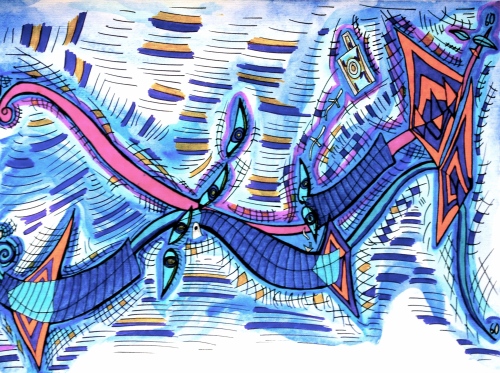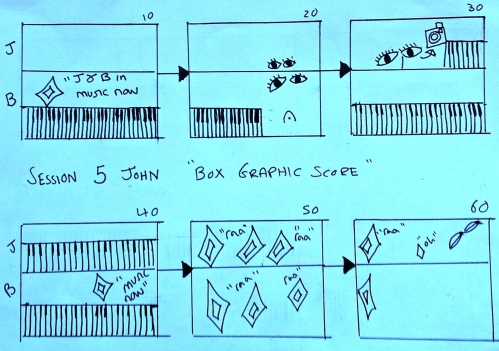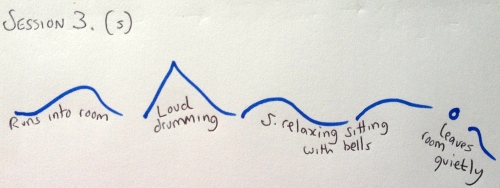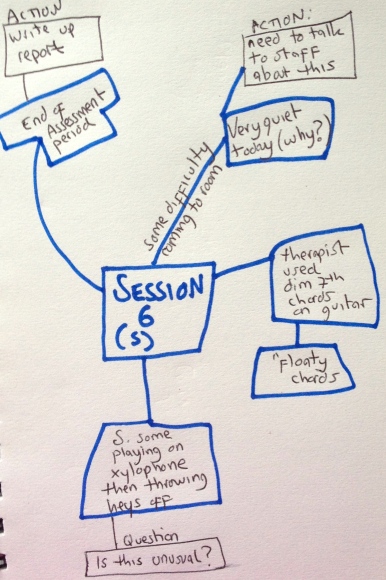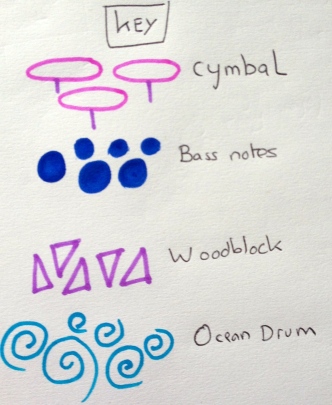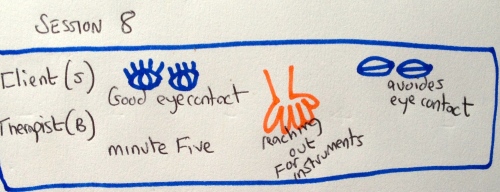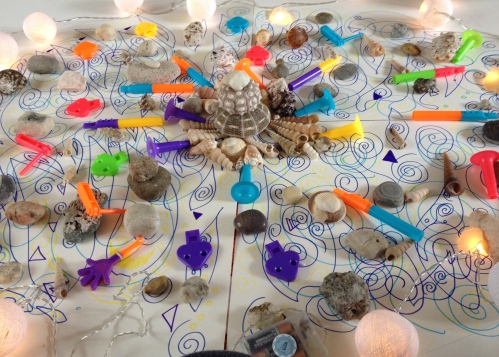Learning to Improvise The Music of Music Therapy: Freedom and Transformations
This week I am attending the Italian Music Therapy Conference in Trapani, Sicily. The Italian Association of Professional Music Therapists (AIM) is hosting the general assembly of the European Music Therapy Confederation (EMTC). The focus of the conference is ‘the music of music therapy’, thus my research topic – investigating how musicians and music therapists learn to improvise is very appropriate.
The phenomenological arts based study, involving 10 music therapy and postgraduate music students, looks into the lived experience of learning to improvise. Through a series of interviews and improvisations with my participants, I have investigated their first, special and current experiences in improvised music.
An important aspect of the project has been actually making music and improvising with my participants, which has given a richness and depth of quality to the data which words alone could not convey. Out of each improvisation I have created hand-drawn visual interpretations or graphic scores. These scores have been sent back to the participants, with the audio recording, for additional comments, creating new data. I intend to show some extracts of these scores in Trapani (see example below):
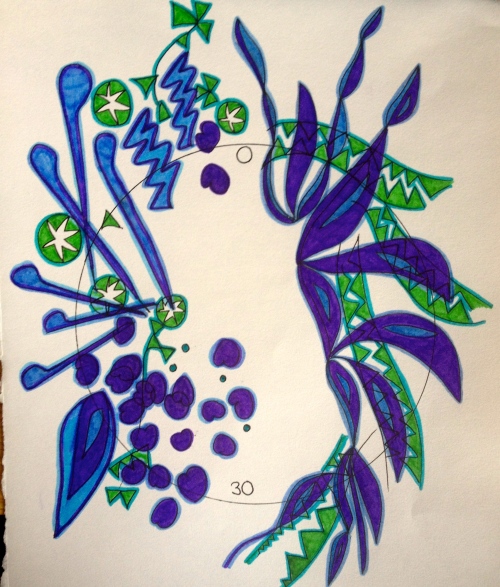
Participant 8 / Minute 3 / Purple shapes – Participant plays the Double Bass / Green shapes – Researcher plays the melodica.
The score above reads clockwise, the shapes are overlapping to show sounds occupy the same temporal space. It was created through free-drawing and then building a repertoire of shapes to donate different textures and musical events. Participants responses to the scores have been varied, with some adding many more extra comments, and others simply sending the score back with no further comments.
Learning to improvise can be construed as a misnomer, ‘how can you learn to improvise?’ But it can be thought about as a process in music which engenders social, cognitive, emotional and physical engagement (Rose, 2017). It is a complex multi-layered process.
I will be presenting a poster looking at the theme of freedom and transformations, which has been particularly prevalent in the PhD data analysed so far (using Interpretative Phenomenological Analysis). Participants have described learning to improvise (in music in general and in music therapy) as: eliciting feelings of personal freedom; as a means of relating to music more creatively; transforming their view of music or helping them to increase in social confidence. One student described to me their struggle to ‘re-learn’ improvisation skills on a music therapy course, and how improvisation in music therapy had challenged their pre-conceptions. A particular quote that stands out, is that of a participant relating to his first experiences in improvising on placement in music therapy, as alike to ‘giving away the freedom’. He had experienced feelings of personal freedom and liberation when he had first began to improvise, then when he played with clients he felt as if he was ‘giving away the freedom’. I am very curious about this phrase, and as I enter into the next stage of my PhD, shall continue to wonder and ponder on its meaning.
It is clear that improvisation in music is not straight forward, but involves many layers, and suggests different ways of being in music. I hope to uncover the understanding of some of these layers as the PhD project progresses.




